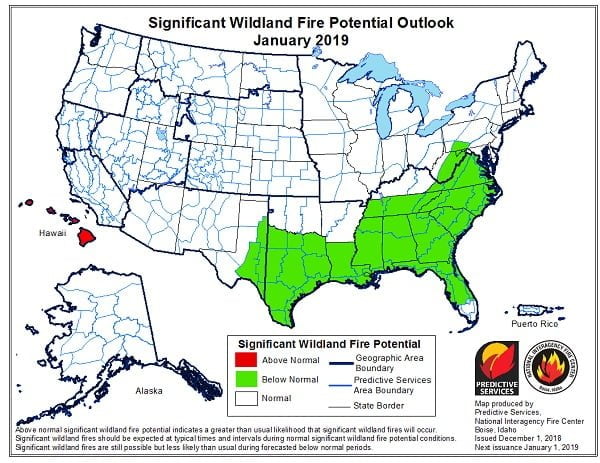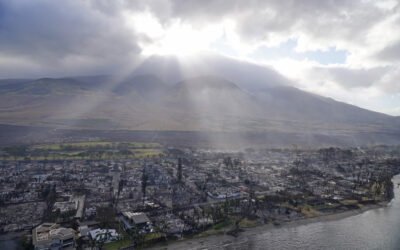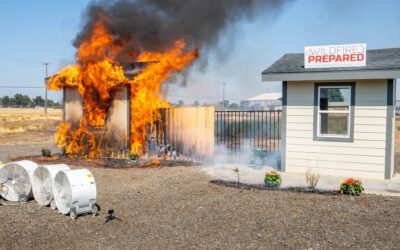National Interagency Coordination Center

(NICC)
Outlook Period December 2018, January and February 2019
Executive Summary
A broad trough set up across the interior of North America while a strong trough anchored over the West Coast. Deep, cold air from northern Canada pushed across most of the central and eastern U.S. and spilled into the Interior West. Very warm conditions under the ridge coupled with offshore flow that developed in the pattern created critical fire weather conditions across California, where several large fires ignited, including the Woolsey Fire in southern California and the deadly Camp Fire in northern California. Critical conditions continued until the third week of November when a strong frontal system brought heavy precipitation to the region and quickly suppressed the fires. Cold and wet weather covered most of the rest of the North America through the month.
Fire activity across North America is at a climatological minimum during the winter months. Fire typically increases in the southeastern U.S. in the dry conditions of January but prolonged heavy precipitation in the region the past several months and expected above normal precipitation in the winter months should suppress the fire season there. A small area of elevated risk will continue in the northern Baja peninsula until winter rains develop.




